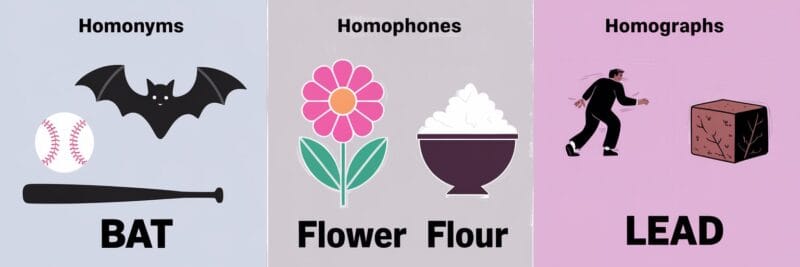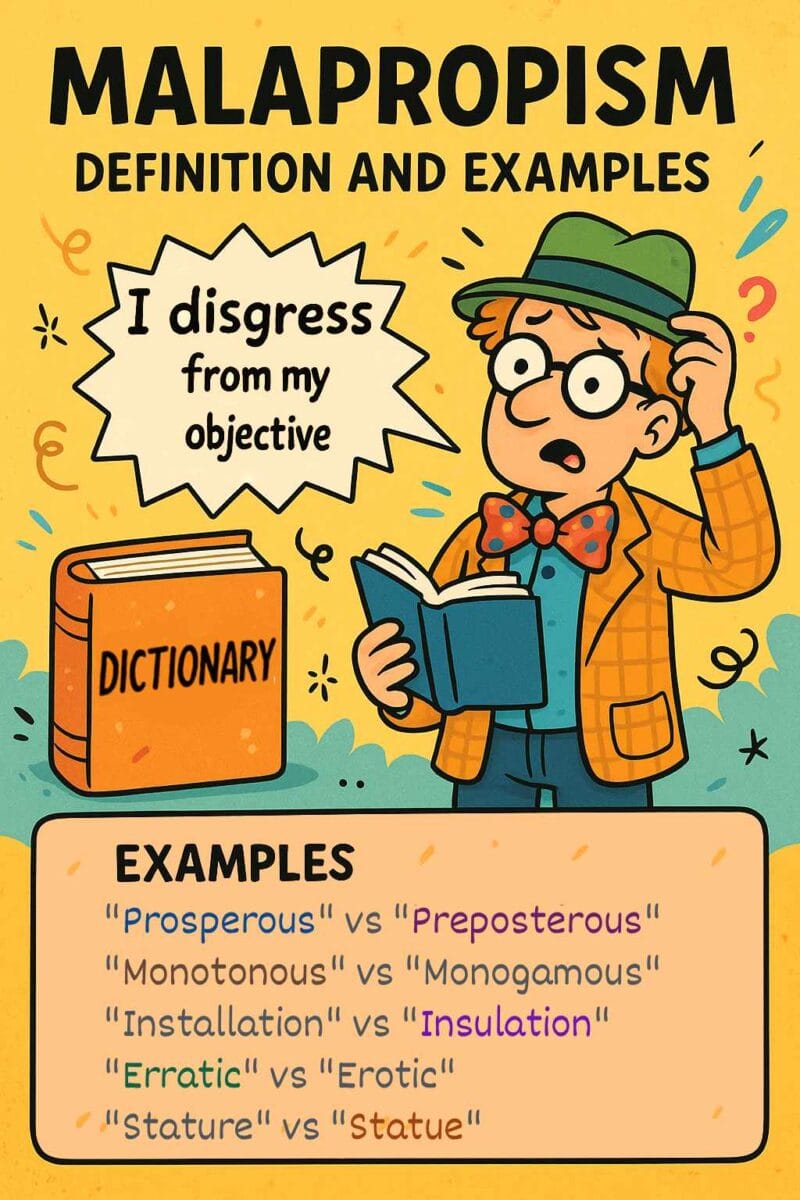Litotes is a rhetorical device that uses negation to express an affirmative sentiment, often creating a nuanced, ironical understatement. By negating the opposite of what is meant, it suggests a positive idea without stating it directly. This form of verbal irony, common in both poetry and prose, adds subtlety to communication. For example, saying “not bad” to imply something is good or “she’s not unlike her mother” to suggest a resemblance encourages the listener or reader to consider the deeper meaning behind the words.
Understanding Litotes
Characteristics of Litotes
Litotes is a figure of speech that is quite distinct due to its reliance on negative phrasing, which differentiates it from simple understatement. It often incorporates irony, amplifying the situation by negating the opposite. For instance, describing a modest achievement as “no small feat” or saying “not the sharpest tool in the shed” introduces irony and humor.In everyday speech, litotes is frequently used to express sentiments subtly. For example, saying “not the worst performance” to describe something good allows the speaker to convey approval without being overly enthusiastic.
Purpose and Effects
Litotes is effective because it allows speakers and writers to convey complex ideas indirectly. By avoiding direct affirmation, it provides a softer method of communication, especially when giving feedback or critique. For instance, describing a good performance as “not shabby” softens the direct praise. Similarly, phrases like “wasn’t half bad” transform a negative experience into a more favorable one, emphasizing the unexpected positives.
It’s important to note that litotes doesn’t always involve negating a strictly “negative” word. The key is to express the affirmative by negating its contrary. This means that phrases like “not the sharpest tool in the shed” qualify as litotes, even though “sharpest” isn’t inherently negative. The negation of “sharpest” implies the opposite—that someone is not very intelligent—which is then understood as an understated way of saying they are dull-witted. This subtle expression of a sentiment through the denial of its opposite is what defines litotes.
Contextual Use of Litotes
Litotes is not limited to formal writing and is commonly used in everyday speech. In casual conversation, it helps to express sentiments with more diplomacy. For example, saying “I could think of worse ways to spend my time” conveys a positive sentiment without sounding overly effusive. This subtlety draws attention to what is left unspoken, making it a valuable tool for communication in various contexts.
Comparing Litotes with Other Devices
Litotes and Irony
Litotes and irony share similarities in that both rely on implying a meaning rather than stating it directly. However, litotes specifically uses negation to create this effect. Often, this leads to a form of irony where the implied meaning contrasts with the literal interpretation. This duality can deepen character development and add complexity to a narrative. For example, in dialogue, litotes can subtly convey a character’s emotions without explicitly stating them, which encourages readers to infer meaning from the subtlety.
Litotes vs. Understatement
Though both litotes and understatement downplay significance, their approaches differ. Litotes employs negation to emphasize a positive sentiment, whereas understatement simply minimizes the importance of a situation without using negation. Litotes often highlights contrasts between two extremes, creating a more nuanced effect. For example, saying, “I’m not bad at all today” conveys that the speaker is having a good day, but with restraint. This indirectness adds a layer of irony or humor, making the statement more engaging.
Litotes vs. Double Negative
It’s important to distinguish between litotes and a double negative. While both involve negation, their purpose and effect differ significantly.
A double negative occurs when two negative words are used in the same construction, typically with the intention of canceling each other out to create a positive meaning. However, this is often considered grammatically incorrect in standard English. For instance, “I don’t have no money” technically means “I have money.” While common in some dialects and informal speech, double negatives are generally avoided in formal writing.
Litotes, on the other hand, is a rhetorical device that uses negation to express an understated affirmation. It doesn’t rely on the simple cancellation of negatives. Instead, it creates a deliberate understatement for emphasis or other effects. Saying “not the worst meal” implies that the meal was quite good, but the speaker chooses to downplay it, perhaps for modesty or humor.
Interestingly, certain phrases have the ability to blur the distinction between litotes and double negatives. For example, “not unlike” uses two negatives (“not” and “un-“) but often conveys a positive meaning (similarity). Whether it functions as a double negative or litotes depends on the context and the speaker’s intent. If the emphasis is on subtly highlighting the similarity, it leans toward litotes. If it simply states the resemblance without particular emphasis, it might be closer to a double negative.
Litotes is grammatically correct and often used in literature and rhetoric.
Examples of Litotes
Everyday Language Examples
| Litotes Example | Actual Meaning |
|---|---|
| I’m not unhappy with the results. | I’m pleased/satisfied with the results. (Expresses satisfaction without excessive enthusiasm.) |
| That wasn’t a bad movie. | That was a good/enjoyable movie. (Implies a positive assessment without being overly effusive.) |
| The solution is not impossible to find. | The solution can be found (but it might not be easy). (Subtly suggests the solution exists while acknowledging the challenge.) |
Examples from Literature and Pop Culture
| Litotes Example | Actual Meaning |
|---|---|
| “I am not unaware how the productions of the Grub Street brotherhood have of late years fallen under many prejudices.” – from A Tale of a Tub (1704) by Jonathan Swift | I am fully aware of the negative opinions about Grub Street writers. (Uses litotes ironically to draw attention to the prejudices.) |
| “It is not a little matter that puts me out of temper.” – from Northanger Abbey (1817) by Jane Austen | It takes a lot to make me angry. (This emphasizes the severity of the situation by understating what it takes to upset the speaker.) |
| “When I glance over my notes and records of the Sherlock Holmes cases between the years ’82 and ’90, I am faced by so many which present strange and interesting features that it is no easy matter to know which to choose and which to leave.” – from The Five Orange Pips by Arthur Conan Doyle | It is difficult to choose which cases to discuss because there are so many interesting ones. (This emphasizes the abundance of intriguing cases by understating the ease of choosing among them.) |
| “I am not unmindful that some of you have come here out of great trials and tribulations.” – from “I Have a Dream” speech by Martin Luther King, Jr. | I am very aware of the hardships you have faced. (Acknowledges their struggles with empathy and understanding.) |
Risks of Using Litotes
Despite its effectiveness, litotes can sometimes lead to misinterpretation. Because it relies on understatement, there’s a risk that the listener or reader might not grasp the intended meaning. For example, using “not bad” to describe something exceptional could leave the audience unsure whether the statement is meant to be positive or negative. In professional settings, this ambiguity can be problematic, especially when clarity is crucial. Overuse of litotes can also make communication seem disingenuous, leading the audience to question the speaker’s sincerity.
In some contexts, litotes may obscure the intended message. In situations where precision is important, such as in medical or legal communication, negating a statement could create confusion. Saying something is “not insignificant” could lead patients or clients to misunderstand the severity of a situation. Therefore, while litotes can enhance writing, it must be used thoughtfully to avoid miscommunication.
Further Reading
Litotes on Wikipedia
The Double Negative: It’s Not Unusual (Sometimes) by Merriam-Webster
Litotes: the most common rhetorical device you’ve never heard of by Martin Shovel, The Guardian
Does litotes need to be negative? on StackExchange




